How to add a mezzanine
Adding a mezzanine to create a split-level room is a great way to make any open-plan space more dynamic. Expert property renovator Michael Holmes offers his advice on how to go about it
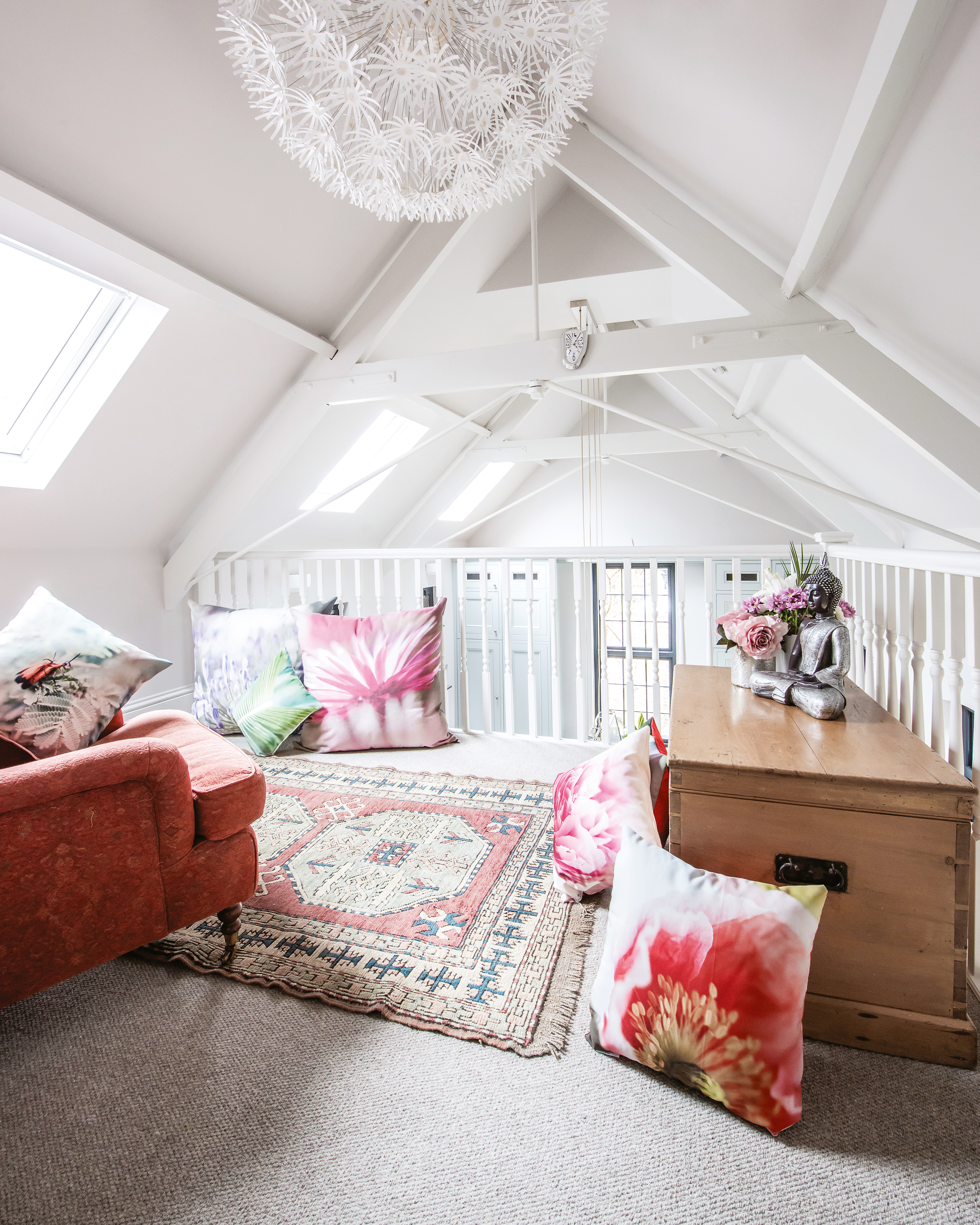
A mezzanine storey is a great design solution for a room with a double height ceiling or loft space above. It provides additional valuable floor area, together with the impressive sense of volume created by a high ceiling.
Adding a mezzanine is usually done as part of a conversion, renovation or extension – think two storey extensions, loft conversions, garage conversions with a room in the roof or as part of barn, school or church conversion.
Read this guide to find out then basics, then use our guides to extending a house or renovating a property to find out more about the rules, regs and planning involved in this type of project.
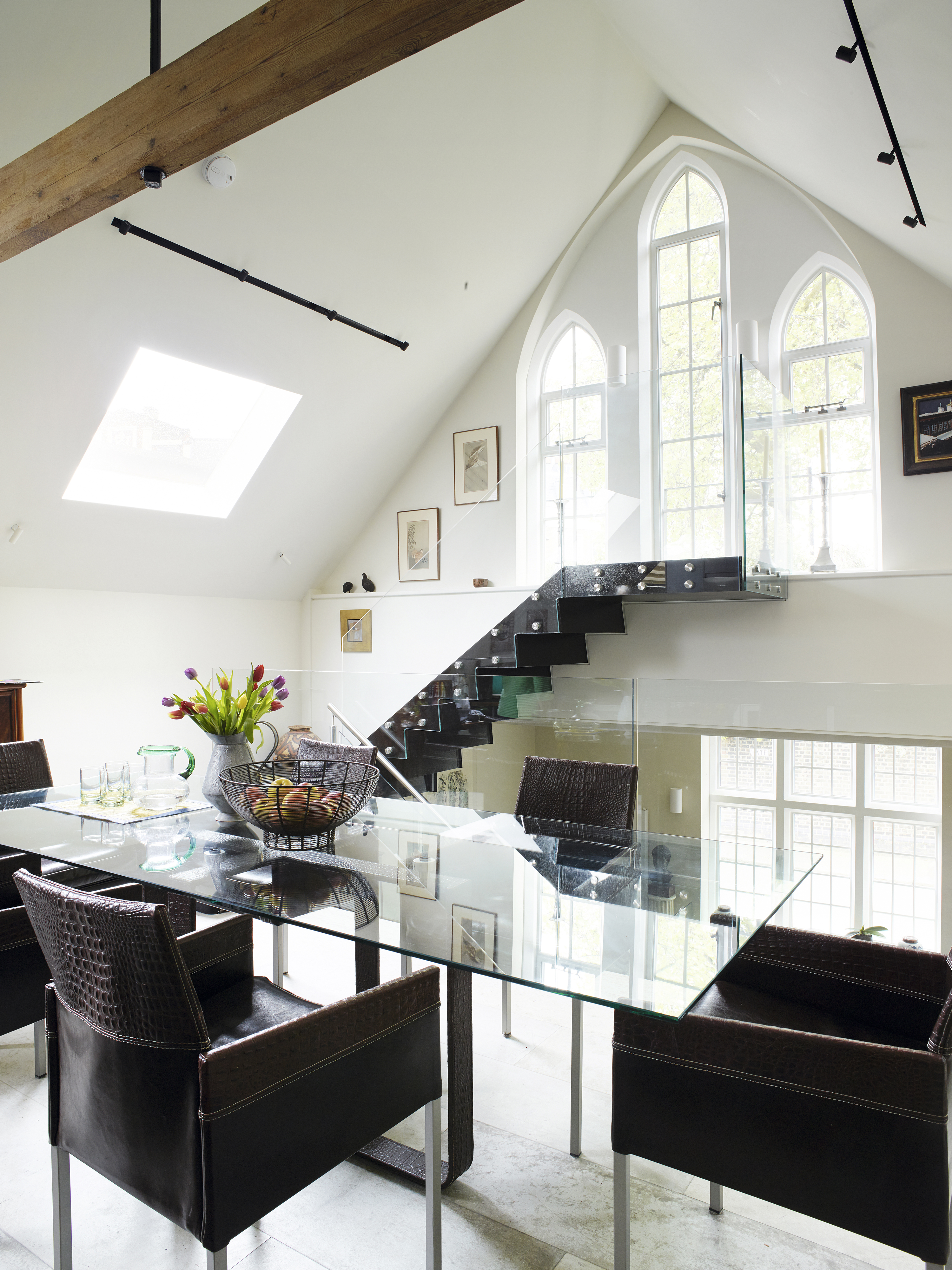
Why would you install a mezzanine floor?
Typical situations that might suit a mezzanine are conversions, where the character of the building, be it a former barn or church, requires some double height space to remain on show. It may also be a good design solution in a listed building, where horizontal roof beams spanning the space are an obstacle to creating a full additional storey in the roof space and can’t be altered.
On a smaller scale, a mezzanine can be an enlarged landing area overlooking the stairwell, or a gallery within the loft space above a bedroom, overlooking the room below, perhaps because the roof space is too limited for a loft conversion. In most situations you can use a mezzanine space at first floor level for any function, including a living area, sleeping platform, or a kitchen.

Do you need permission for installing a mezzanine?
Planning permission isn’t needed unless a house is listed, but all work must comply with building regulations. If the work affects party wall structures, you must notify your neighbours. Leaseholders need permission from the freeholder for structural changes.
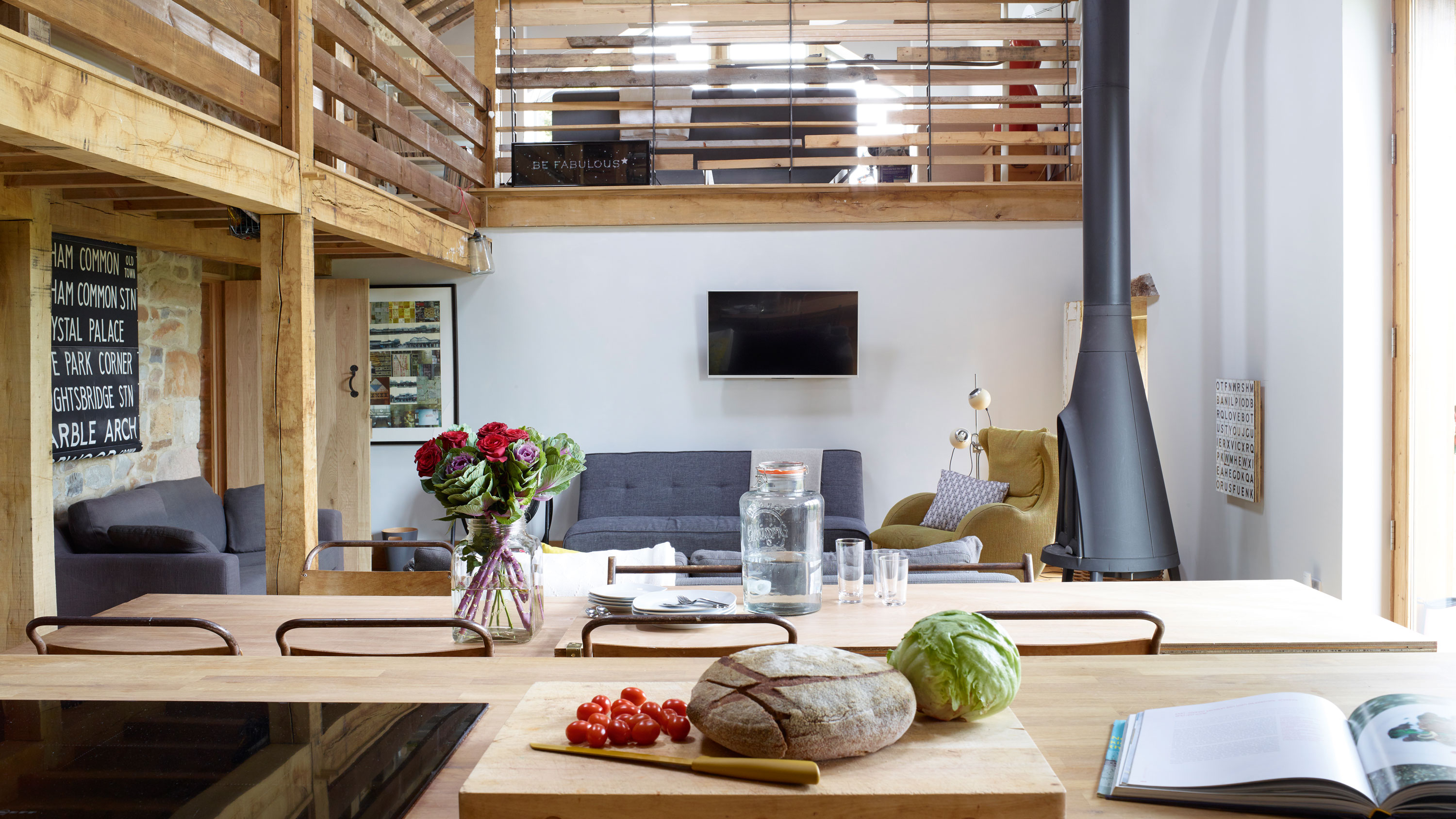
How to use the mezzanine space
Mezzanines are a great way to maximise the footprint of a single storey home with a high ceiling. For example, a sleeping loft over a living space can create guest accommodation where a room is not available. Where this is done, you must not cover more than 50 per cent of the room it sits over.
Get small space home decor ideas, celeb inspiration, DIY tips and more, straight to your inbox!

Fire safety and mezzanines
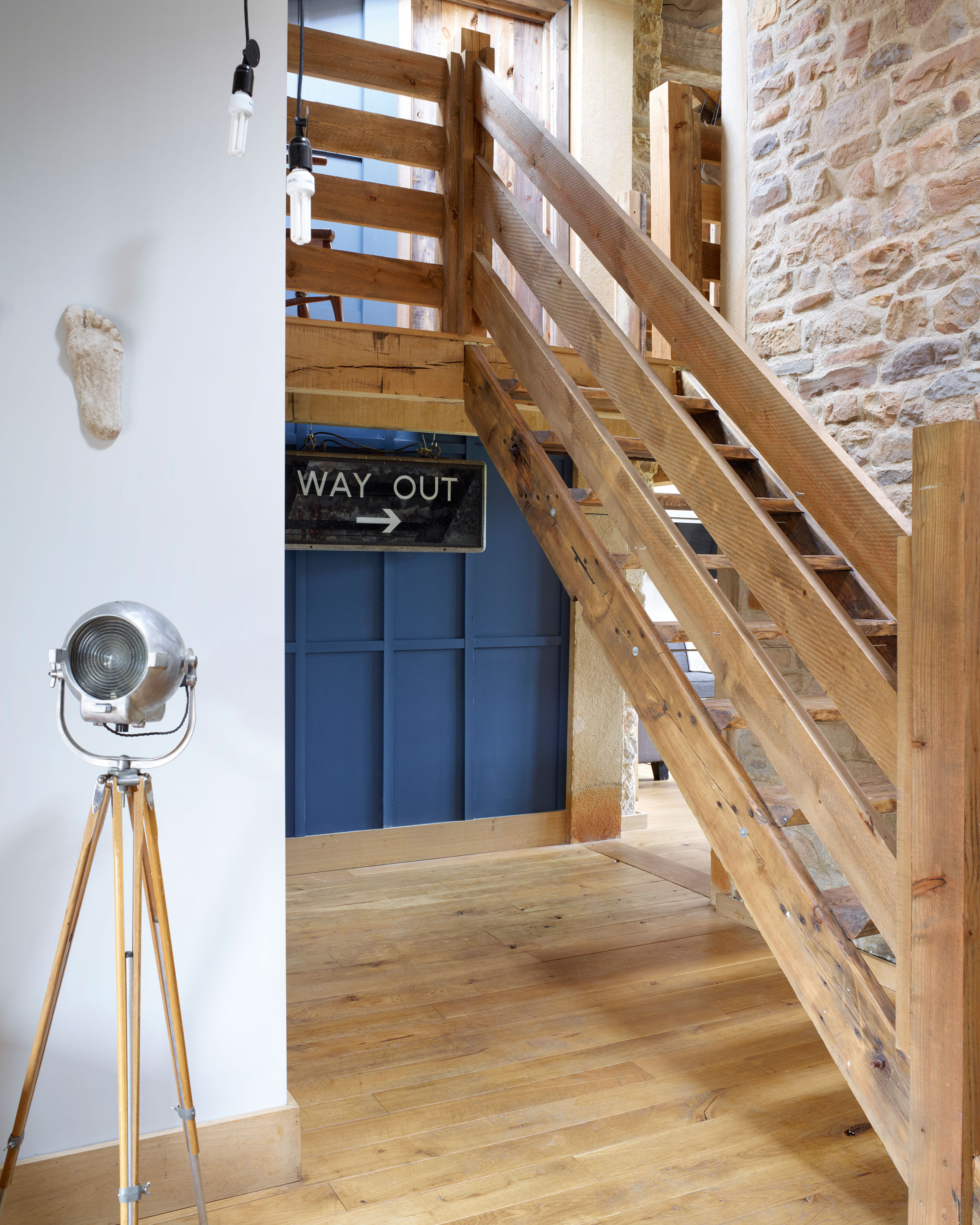
At second floor level a mezzanine space cannot form a habitable room, such as a bedroom (unless the floor level is 4.5m or less, or above outdoor ground level and there is a fire escape compliant window) as it doesn’t comply with building regulations for fire safety as it’s open to the room below. If you do want a habitable space over a first floor room, you will need to treat it like you would a loft conversion and apply the same fire safety measures.
Find out what this would entail in our loft conversion guide.
A second floor mezzanine must form a single space (no subdivision other than for storage, wardrobes etc) and the visible area of the room below should not be less than 50 per cent. Possible non-habitable uses for a second floor mezzanine can include adding an suite bathroom (although this would need to be open to the room below), dressing room or storage. Check out our dressing room ideas feature for inspiration.

Staircases and balustrades for a mezzanine
Access to a mezzanine level is via a conventional staircase — but if space is tight, options include a spiral staircase or, for a space that’s only used occasionally, a space saver staircase with hit and miss treads, or a fixed loft ladder with hand rails. You need to keep a maximum distance of 3m between the mezzanine stairs and the room below’s door, with a maximum of 7.5m from the furthest point of the mezzanine to the stairs.
An engineer will need to calculate the strength of the floor and any alterations required to the roof structure. The roof/ceiling will have to be insulated, and some form of balustrade will be needed where it overlooks the space below.
The balustrade and stairs are an important design feature. A glass balustrade and a simple staircase, or a spiral flight, work well in a modern space. The balustrade and stairs in a barn conversion should be minimal or sturdy and practical. For a traditional look, spindles, a handrail and a cast-iron spiral flight are a classic solution.
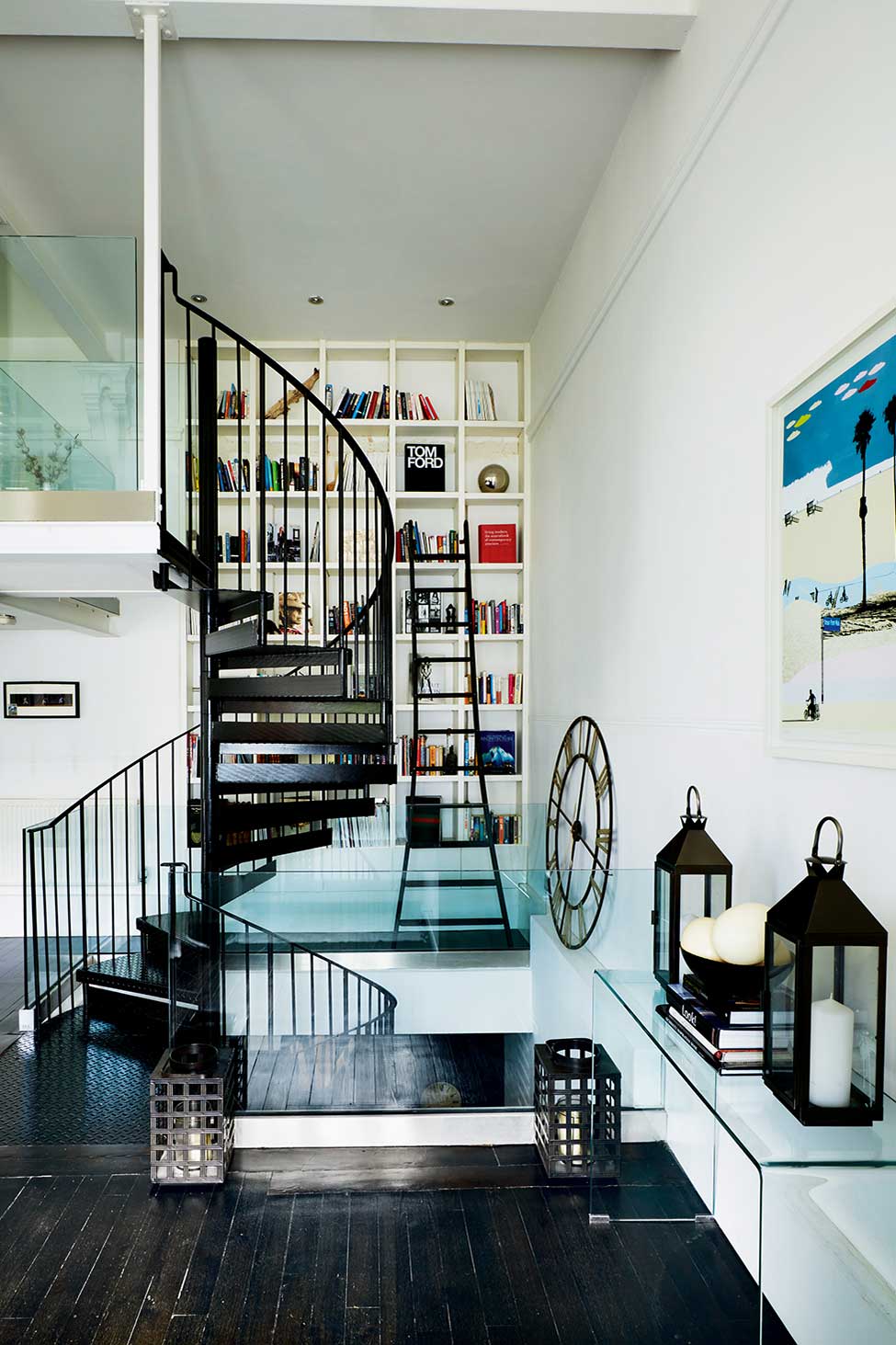
Want more advice on conversions?
Anna is a professional writer with many years of experience. She has a passion for contemporary home decor and gardening. She covers a range of topics, from practical advice to interior and garden design.